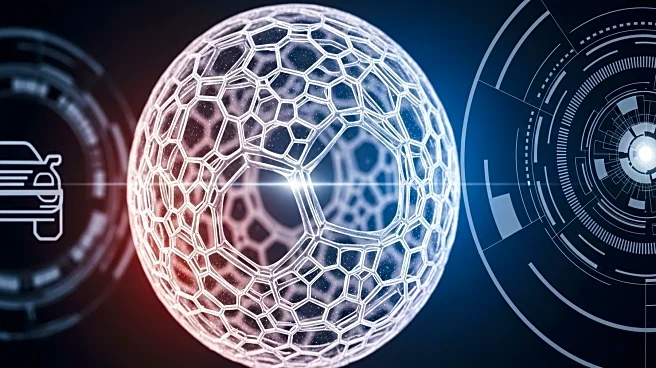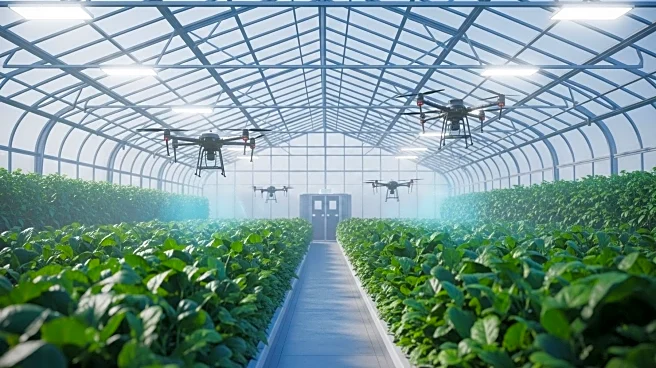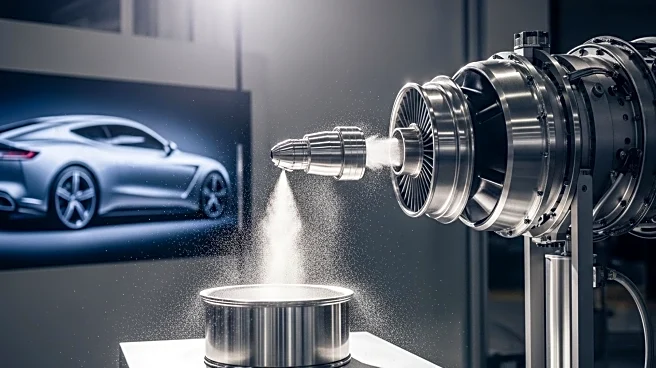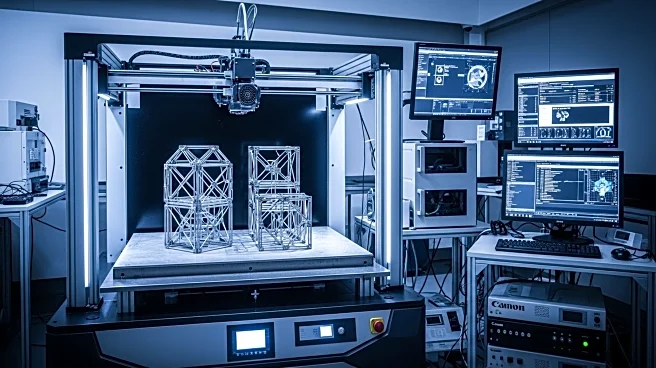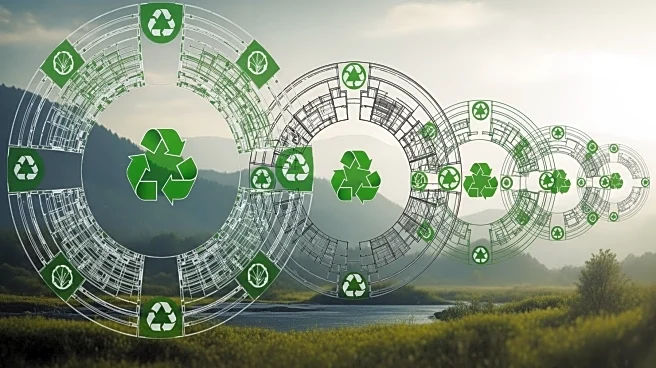What is the story about?
What's Happening?
The self-repairing polymers market is anticipated to experience significant growth, with a projected compound annual growth rate (CAGR) of 26.2% by 2031. These polymers, also known as self-healing plastics, are engineered to autonomously restore structural integrity after damage through various mechanisms, including microcapsule-based coatings and dynamic polymer systems. The market is expected to expand from USD 26,187 million in 2024 to USD 133,730 million by 2031. Key applications driving this growth include automotive, electronics, and infrastructure sectors, which benefit from the longer service life and lower maintenance costs offered by these materials. The market is witnessing rapid advancements in material science, with innovations such as intrinsic self-healing mechanisms and hybrid materials that combine different healing approaches.
Why It's Important?
The growth of the self-repairing polymers market is significant for several industries, particularly automotive and electronics, where the demand for durable and low-maintenance materials is high. These polymers offer substantial lifecycle cost savings and improved safety, making them attractive for high-value sectors. The expansion of this market is likely to influence manufacturing practices, encouraging the adoption of sustainable and efficient materials. Additionally, the development of self-repairing polymers aligns with broader environmental goals, as they contribute to reduced waste and longer product lifespans. Companies investing in these technologies may gain a competitive edge by offering innovative solutions that meet the evolving needs of consumers and industries.
What's Next?
As the market for self-repairing polymers grows, companies are expected to prioritize partnerships with original equipment manufacturers (OEMs) in automotive and electronics to co-develop formulations that integrate healing functionality into existing products. Licensing and toll-manufacturing agreements may be pursued to scale production without significant capital investment. The focus will likely be on reducing costs and improving the scalability of these materials to make them more accessible for price-sensitive applications. Regulatory and safety considerations will also play a crucial role in the adoption of self-repairing polymers, particularly in medical and consumer applications.
Beyond the Headlines
The adoption of self-repairing polymers may lead to broader shifts in manufacturing and product design, emphasizing sustainability and efficiency. As these materials become more prevalent, they could drive changes in industry standards and regulations, particularly concerning recyclability and environmental impact. The integration of self-healing functionality into products may also influence consumer expectations, leading to increased demand for durable and low-maintenance goods. Furthermore, the development of non-toxic chemistries and designs compatible with circularity could enhance the environmental benefits of these materials, aligning with global sustainability goals.
AI Generated Content
Do you find this article useful?
